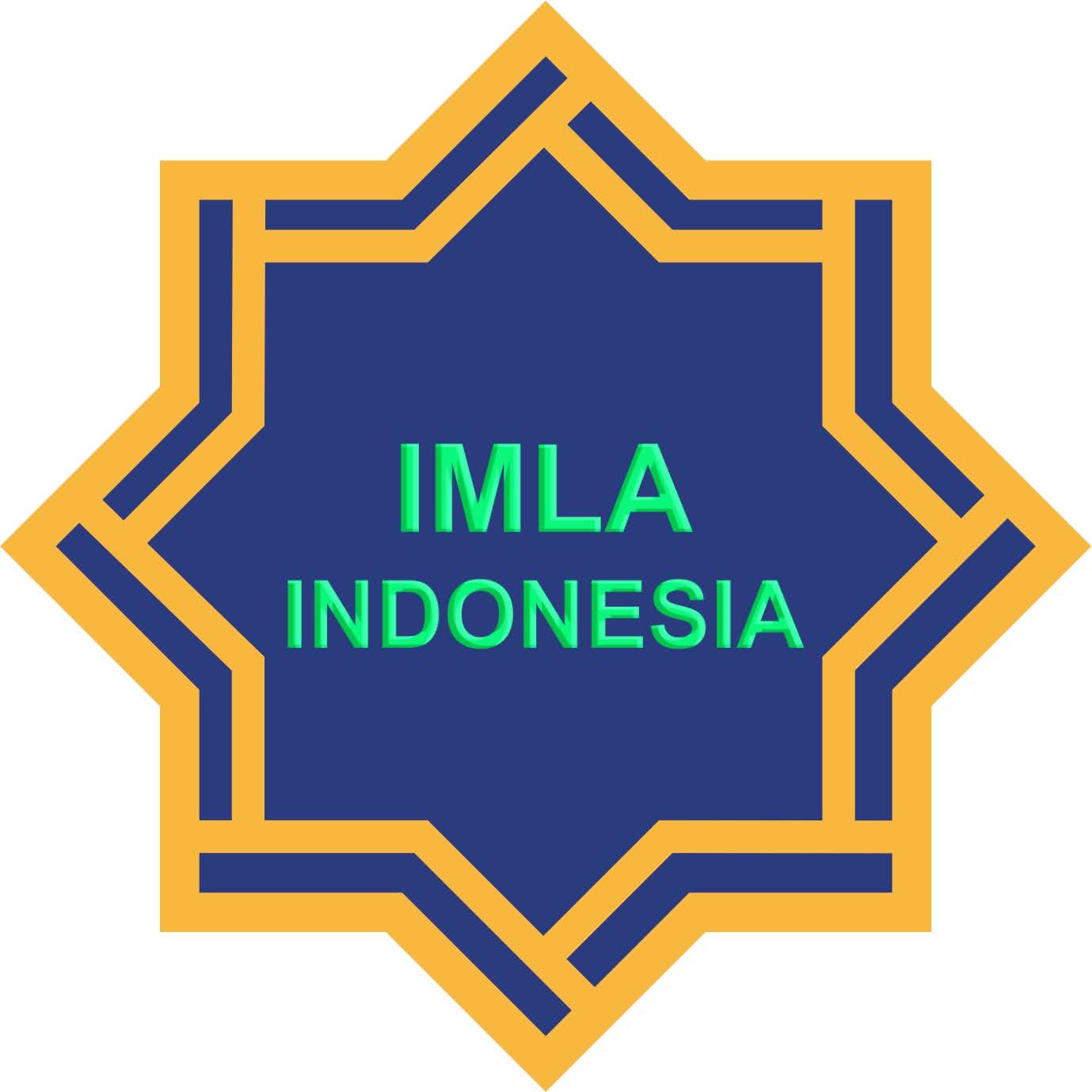Nahwu Sufistik: Kajian Tasawwuf dalam Kitab Nahw Al-Qulub Karya Imam Al-Qusyairi
DOI:
https://doi.org/10.21154/tsaqofiya.v3i2.74Keywords:
Nahwu, Tasawuf, the Book of Nahwul QulubAbstract
Nahwu Sufi is the nahwu book by Imam al-Qusyairi whose writing seems unique and interesting to be studied more deeply. Imam al-Qusyairi tries to combine two disciplines, namely nahwu and tasawuf. But in this case Imam al-Qusyairi gave a new color to the Islamic discipline. In this book, nahw al-Qulub begins with an explanation of tauhid or affirmation to God, then the exoteric meaning of the word (zahir) is explained, which then explains the meaning of the word according to the perspective of Sufi scholars, namely esoterik (inner). In the book Nahwul Qulub explains how humans get closer to the Creator, human spiritual journey, and provides an overview of the state and life in this world towards eternal life. This type of library research or library research, which takes several sources of data from various theories in the literature. The result of this research is that Imam al-Qusyairi gives an idea that the elements of Sufism can be incorporated into various kinds of other sciences and there is no conflict whatsoever between Sufism and other sciences. With the presence of Nahwu Sufi this is not to eliminate nahwu in general, but with the existence of this Sufi nahwu, it gives a new color to nahwu science so that learners can learn it more enthusiastically. In this book Nahwul Qulub teaches us about ethics in life, teaches how to clean ourselves, heart and mind and get closer to or worship God. It also teaches us to always organize our hearts, words, attitudes and actions in daily life, so that everything we do is in accordance with the guidance of religious shari'ah
References
Ahmad Hasyimi. Al-Qowāid Al-Asāsiyah Li Al-Lughah Al-‘Arabiyyah. Beirut: Dar al-Kutub al-‘Ilmiyyah, 2015.
Ahmad Sehri bin Punawan. “‘Metode Pengajaran Nahwu Dalam Pengajaran Bahasa Arab.’” Jurnal Hunafa 7, no. 1 (2010): 48.
Akhmad ‘Alim, Ahmad Tafsir, dan Ibdalsyah. ““Pendidikan Jiwa Di Komparatif Pemikiran Ibnu Jauzi (510-597 H/1116-1200 M) Dengan Kalangan Sufi,.” Ta’dibuna: Jurnal Pendidikan Islam 2, no. No.1 (2013): 38–65.
Heri Gunawan, dkk. ““Penyusunan Materi Pembelajaran Qawaid Nahwiyah Dalam Kitab Al-Jurumiyah.” Jurnal Dialog Vol. 41, no. No.2 (2018).
Huda, Muhammad Muchlish, Samsul Arifin, and Miftakhul Ma’arif. “Konstruksi Sintaksis Kaifiatul Ikhbar Dalam Akad Ijab Kabul Pernikahan.” Tsaqofiya: Jurnal Pendidikan Bahasa Dan Sastra Arab 2, no. 1 (2020): 1–19.
Ihsanudin. “Sejarah Perkembangan Mazhab Nahwu Arab (Sebuah Tinjauan Historis).” THAQÃFIYYÃT 18, no. 1 (2017).
Limas Dodi. “Metode Pengajaran Nahwu Shorof METODE PENGAJARAN NAHWU SHOROF (Ber-Kaca Dari Pengalaman Pesantren) Oleh. Limas Dodi .” Tafaqquh 1, no. 1 (2013): 100–122.
M. Sholihuddin Sofwan. Maqhosid An-Nahwiyyah. Ke-3. Jombang: CV. Harapan Mandiri Kediri, 2005.
Maulana, Muhammad Iqbal. “Refleksi Sufistik Dalam Nah}wu Al-Qulu >b Karya Abu Al-Qa>sim Al-Qusyairi.” Dialogia 17, no. 1 (2019): 21–40.
Muhammad Fethullah Gulen. Tasawuf Untuk Kita Semua. Jakarta: Republika, 2014.
Muhammad Muhyidin Abdul Hamid. Tuhfah As-Saniyah Syarh Muqaddimah Al-Jurumiyah. Riyad: Dar As-Salam, 2010.
Mukh Ali. “‘Dakwah Bil Qalam Ustadz Ismail Idris Mustafa Di Nusantara.’” Phd Thesis, Uin Sunan Ampel Surabaya, 2017.
Mukhtar Umar, Ahmad. Al-Bahtsu Al-Lughawi ‘Inda Al-Arab. Kairo: ‘Alim al-Kutub, 2010.
Mustafa Abd al-Aziz. Al-Mazahib Al-Nahwiyyah Fi Dau’i Al-Dirasat Al-Lughawiyyah Al-Hadisah. Jeddah: al-Fais aliyah, 1986.
Ni’mah, Fuad. Mulakhas Qowaid Al-Arabiyyah, n.d.
Saiful Mu’minin, Imam. Kamus Ilmu Nahwu Dan Sharaf. Kedua. Jakarta: Amzah, 2009.
Salih al-‘Asimin, Muhammad bin. Syarh Matni Al-Jurumiyah. Riyad: Maktabah ar-Rusd, 2005.
Syauqi Daif. Al-Madaris Al-Nahwiyah. Cet.III. Beirut: Dar al-Ma’arif, 1968.
Zed Mestika. “Metode Penelitian Kepustakaan.” In Metode Penelitian Kepustakaan, 3. Jakarta: Yayasan Bogor Indonesia, 2014.















.png)


